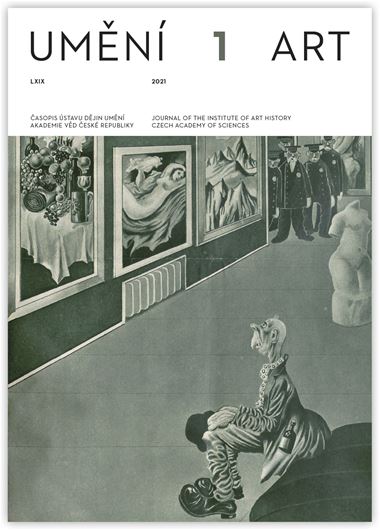Andrzej Kozieł
The painting by Johann Franz de Backer The Finding of the Body of Duke Henry II the Pious in the Collegiate Church of the Holy Cross: On the First Temporary Painting Show in Wrocław
The paper discusses the temporary show of the monumental painting The Finding of the Body of Duke Henry II the Pious by Johann Franz de Backer (Antwerp 1680 — after 1737) — the court painter of the Bishop of Wrocław, Franz Ludwig von der Pfalz-Neuburg. It took place in the Collegiate Church of the Holy Cross in Wrocław in July 1728, before sending the painting to the Benedictine Church of the Elevation of the Holy Cross and St Hedwig in Legnickie Pole. This exhibition, mentioned by the local newspaper ‘Schlesischer Nouvellen-Courier’, was crowded with the inhabitants of the city and widely commented on by experts and art lovers. It was a conscious show of an outstanding work of art, organized most probably by De Backer himself. He was an excellent painter and outstanding expert in European painting, who spent his professional life working at various European courts. The exhibition had not only artistic value, but also an ideological significance associated with the cult of Duke Henry II the Pious as a Christian martyr, who had given his life in the battle of Legnica in 1241 in defence of the Christian faith against the the Mongolian army. In the times of a heated religious conflict between the majority of Protestants in Silesia and the Catholics supported by the Habsburg authorities the person of Duke Henry II the Pious served as a symbol of the fight against the non-Catholics. This show in the Collegiate Church of the Holy Cross was the first temporary art exhibition in Wrocław, organized long before the institution of annual exhibitions of works of art appeared in Central Europe. Unfortunately, it did not receive any response from other artists active in Silesia until 1862 when Heinrich Förster, the bishop of Wrocław and an outstanding patron and art lover, organized a temporary exhibition of the painting The Vision of St Hedwig by the excellent Düsseldorf painter Karl Müller which was intended for the parish church of St Hedwig in Ząbkowice Śląskie-Sadlno.
Andrzej Kozieł: andrzej.koziel@uwr.edu.pl
Author's email:
andrzej.koziel@uwr.edu.pl
Full-text in the Digital Library of the Czech Academy of Sciences:
https://kramerius.lib.cas.cz/uuid/uuid:27bbd770-eb8d-4d59-80c0-804f159d96e0
< back

